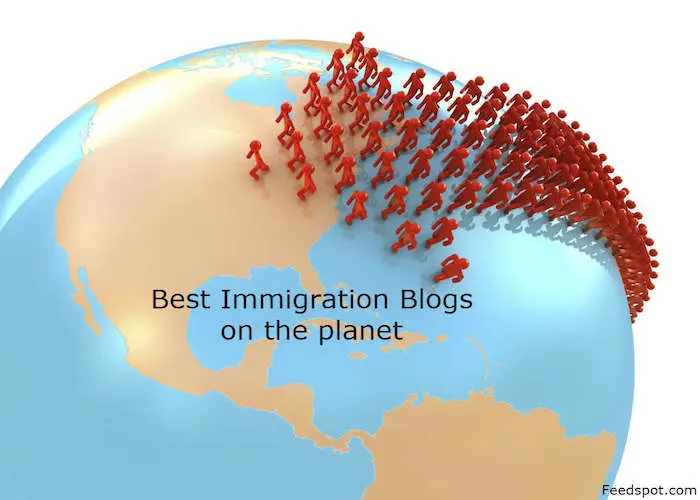President Donald Trump has reinstated a broad travel ban targeting 19 countries, imposing new restrictions on U.S. visa access for millions of individuals. The policy, set to take effect June 9, is expected to disrupt industries reliant on foreign labor, including healthcare, technology, education, and essential services.
Key Details of the 2025 Travel Ban
Under the executive order:
Full Visa Ban: Nationals of 12 countries—Afghanistan, Iran, Myanmar, Chad, the Republic of Congo, Equatorial Guinea,
Eritrea, Haiti, Libya, Somalia, Sudan, and Yemen—are barred from obtaining any U.S. visas.
Partial Restrictions: Seven additional countries—Burundi, Cuba, Laos, Sierra Leone, Togo, Turkmenistan, and Venezuela—face limitations on permanent immigrant visas, tourist visas (B-1/B-2), and student visas (F-1). Work visas (such as H-1B and L-1) may still be issued in rare cases but will require individual waivers and likely have reduced validity periods.
Exemptions and Additional Measures
The ban includes exceptions for:
Lawful permanent residents (green card holders)
Certain Special Immigrant Visa (SIV) holders, including Afghans who aided U.S. military operations
Cases involving international adoptions
Holders of diplomatic and international organization visas (A, G, and NATO classifications)
The administration has also directed consular officers to shorten visa validity periods where possible, further restricting long-term travel and employment opportunities for affected nationals.
Impact on U.S. Employers
Businesses dependent on global talent should prepare for potential workforce disruptions, particularly in sectors facing labor shortages. Employers are advised to review immigration strategies and explore alternative solutions for affected employees.
For a full breakdown of the policy’s implications, Boundless Immigration has published a detailed guide on eligibility and exemptions under the new ban.
Related topics:
- What Are the Consequences of Marrying an Illegal Immigrant
- What Are the Different Immigration Status
- Why Immigration Sparks Controversy?


